The Dysmenorrhea Treatment Market is characterized by a competitive landscape that is increasingly shaped by innovation, strategic partnerships, and a focus on patient-centric solutions. Key players such as Pfizer Inc (US), Bayer AG (DE), and AbbVie Inc (US) are actively engaged in enhancing their product offerings and expanding their market presence. Pfizer Inc (US) has been focusing on the development of novel therapeutic options, particularly in the realm of non-steroidal anti-inflammatory drugs (NSAIDs), which are widely used for managing dysmenorrhea. Bayer AG (DE) has been leveraging its extensive research capabilities to explore new formulations that improve efficacy and patient compliance. Meanwhile, AbbVie Inc (US) is concentrating on integrating digital health solutions into its treatment protocols, thereby enhancing patient engagement and adherence. Collectively, these strategies indicate a market that is not only competitive but also evolving towards more sophisticated treatment modalities.
In terms of business tactics, companies are increasingly localizing manufacturing to reduce costs and improve supply chain efficiency. This approach is particularly relevant in the context of the Dysmenorrhea Treatment Market, which is moderately fragmented, with several players vying for market share. The collective influence of these key players is significant, as they drive innovation and set industry standards, thereby shaping the overall market structure.
In August 2025, Pfizer Inc (US) announced a strategic partnership with a leading digital health company to develop a mobile application aimed at improving the management of dysmenorrhea symptoms. This initiative is expected to enhance patient engagement and provide real-time data to healthcare providers, thereby facilitating more personalized treatment plans. The strategic importance of this move lies in its potential to position Pfizer as a leader in the integration of technology and pharmaceuticals, addressing the growing demand for holistic treatment approaches.
In September 2025, Bayer AG (DE) launched a new formulation of its well-known NSAID, which is specifically designed to provide faster relief from menstrual pain. This product launch is significant as it reflects Bayer's commitment to innovation and its responsiveness to patient needs. By enhancing the speed of relief, Bayer aims to capture a larger share of the market, particularly among younger women who prioritize quick and effective solutions.
In October 2025, AbbVie Inc (US) unveiled a comprehensive patient support program that includes telehealth consultations and educational resources for women suffering from dysmenorrhea. This initiative underscores AbbVie's focus on patient-centric care and its recognition of the importance of accessibility in treatment. By providing these resources, AbbVie not only enhances its brand loyalty but also positions itself as a forward-thinking player in the market.
As of October 2025, the Dysmenorrhea Treatment Market is witnessing trends that emphasize digitalization, sustainability, and the integration of artificial intelligence in treatment protocols. Strategic alliances are becoming increasingly important, as companies recognize the value of collaboration in driving innovation and improving patient outcomes. Looking ahead, competitive differentiation is likely to evolve from traditional price-based competition to a focus on technological advancements, innovative treatment solutions, and reliable supply chains. This shift suggests that companies that prioritize research and development, alongside strategic partnerships, will be better positioned to thrive in this dynamic market.


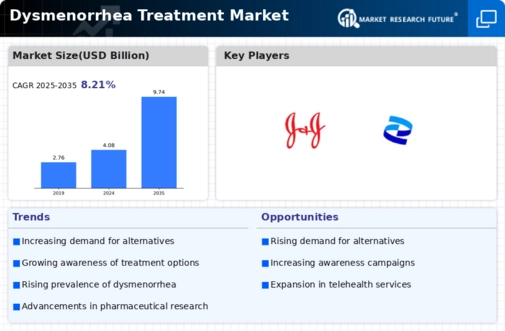
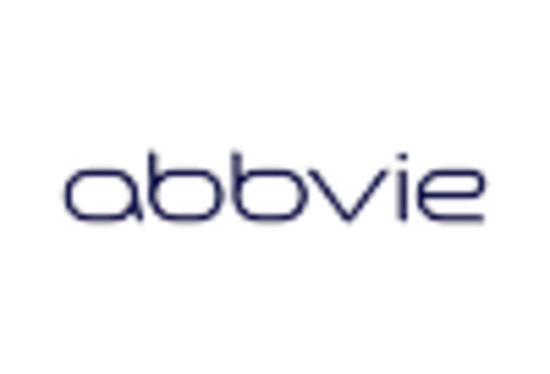
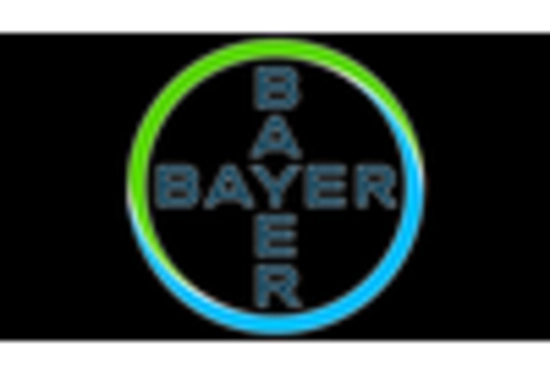

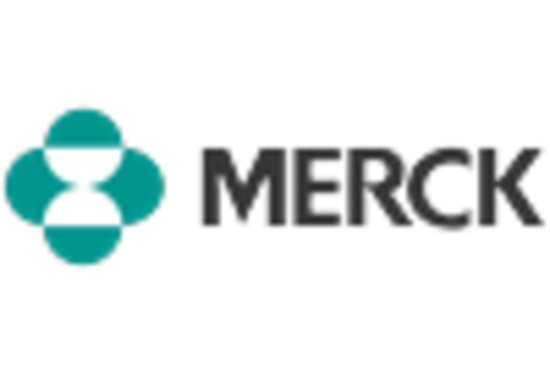
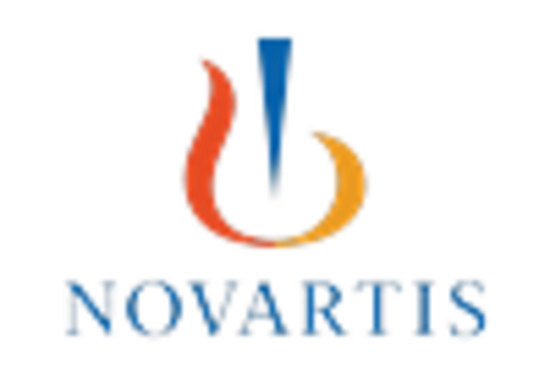
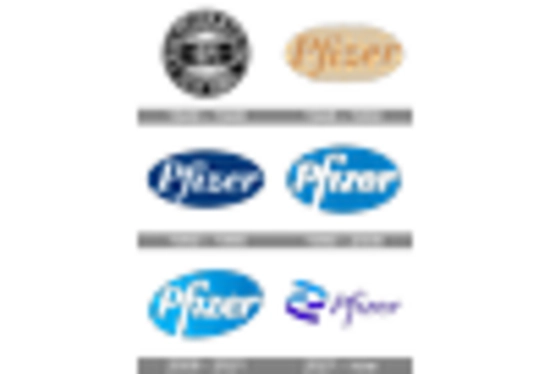








Leave a Comment